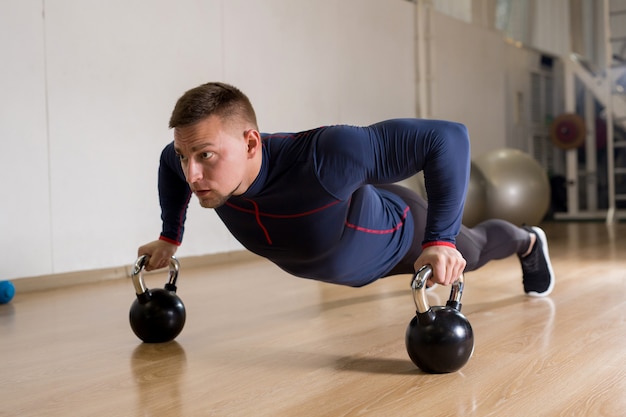45 Common Mistakes Undermining Your Core Stability (And How to Fix Them)
Core stability is more than just having strong abs. It’s the foundation of nearly every movement your body makes, from sitting at your desk to walking across campus. For students juggling long study sessions, irregular schedules, and limited gym access, maintaining a stable core can feel overwhelming. Unfortunately, many common habits—often unnoticed—can sabotage your progress.
Why Core Stability Matters for Students
A strong core supports posture, reduces back pain, improves balance, and enhances concentration by promoting better blood flow. Poor core stability, on the other hand, can lead to slouching, fatigue, and even chronic discomfort—issues that directly impact academic performance.

Top Mistakes Sabotaging Core Development
Below are 45 common errors—grouped into categories—that may be holding you back, along with simple, evidence-based fixes.
1. Exercise-Related Mistakes
- Doing crunches instead of stability-focused movements.
- Holding your breath during core exercises.
- Over-relying on machines instead of bodyweight training.
- Performing exercises too quickly without control.
- Ignoring the transverse abdominis (deep core muscle).
- Skipping isometric holds like planks.
- Not engaging the pelvic floor during activation.
- Training abs daily without recovery.
- Focusing only on the front of the core.
- Using momentum instead of muscle control.
2. Posture and Daily Habits
- Slouching while studying or using a laptop.
- Sitting for more than 60 minutes without standing.
- Using a backpack with uneven weight distribution.
- Standing with weight shifted to one leg.
- Texting with your head forward ("text neck").
- Wearing unsupportive footwear.
- Sleeping in positions that flatten the spine.
- Not aligning your screen at eye level.
- Leaning on one elbow while writing.
- Ignoring lower back discomfort.
3. Lifestyle and Recovery
- Not getting enough sleep (under 7 hours).
- High stress levels affecting muscle tension.
- Dehydration impairing muscle function.
- Poor nutrition lacking protein and magnesium.
- Skipping warm-ups before physical activity.
- Ignoring asymmetries (e.g., one side stronger than the other).
- Not stretching hip flexors regularly.
- Overtraining without rest days.
- Consuming excessive processed foods.
- Spending too much time lying down outside of sleep.
4. Knowledge and Mindset
- Believing core strength = visible abs.
- Thinking you need equipment to train your core.
- Assuming core work is only for athletes.
- Not tracking progress (e.g., plank duration).
- Copying routines without understanding form.
- Expecting results in less than 4 weeks.
- Ignoring breathing mechanics during exercise.
- Not seeking feedback on form.
- Believing more reps = better results.
- Thinking core stability isn’t linked to mental focus.
5. Environment and Routine
- Studying in a dimly lit, poorly set-up space.
- Not having a consistent movement routine.
- Using a chair without lumbar support.
- Skipping micro-movements during breaks.
- Not integrating core cues into daily life (e.g., bracing when standing).
Simple Fixes You Can Start Today
- Do 3-minute plank progressions (knee plank → full plank → side plank) 3x/week.
- Set a timer to stand every 45 minutes and do 10 seconds of abdominal bracing.
- Practice diaphragmatic breathing for 2 minutes daily to engage deep core muscles.
- Use a backpack with both straps and keep it under 10% of your body weight.
- Align your workspace: screen at eye level, feet flat, back supported.

Evidence-Based Tips for Long-Term Success
Research shows that isometric core training (like planks) improves endurance and posture more effectively than dynamic crunches. Additionally, integrating core activation into everyday movements—such as standing up from a chair or lifting books—can enhance neuromuscular control over time.
Consistency beats intensity. Even 5–10 minutes a day of mindful core engagement can lead to measurable improvements in 6–8 weeks.
Final Thoughts
Improving core stability isn’t about doing endless sit-ups. It’s about correcting daily habits, moving with awareness, and building sustainable routines. As a student, your body supports your mind—invest in both. Start by fixing just 3 of the mistakes listed above, and track your progress. Small changes lead to lasting results.

















